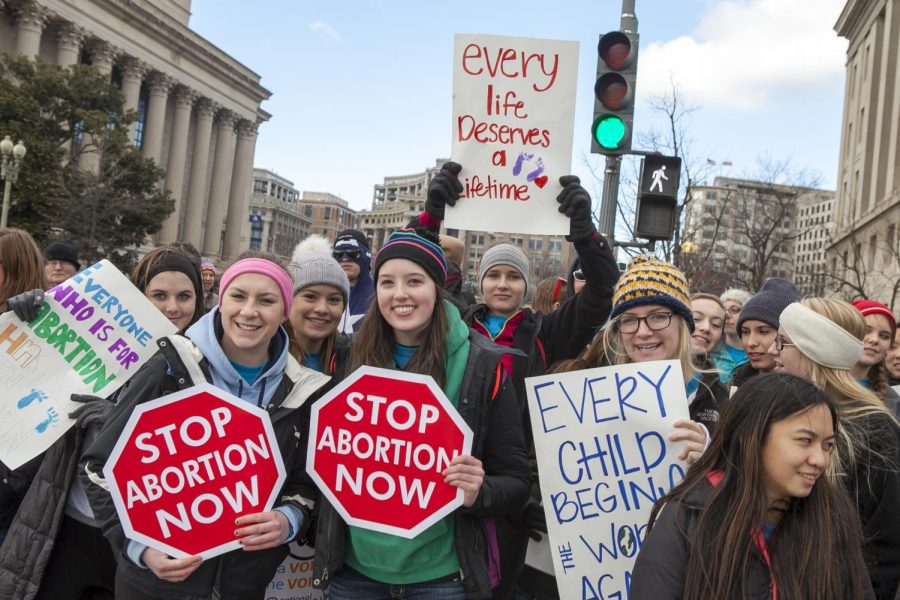The United States’ birth rate for women aged 15 to 19 declined 9 percent from 2009 to 2010, a record low at 34.3 births per 1,000 women in the age group, according to an April study by the Centers for Disease Control and Prevention. The effect has hit home in Wisconsin, one of several states that saw a significant decrease in teen births.
Wisconsin’s teen birth rate has dropped 16 percent since 2007 and 13.6 percent between 2009 and 2010, for women ages 15 to 17.
Nationally, Wisconsin ranks as the state with the tenth lowest teen birth rate. All states but three – Montana, North Dakota and West Virginia – saw a significant drop. Arizona saw the largest decrease at 29 percent. Teen birth rates declined in all ethnic and racial groups.
Richard Fehring, a professor in the College of Nursing, said the decline is positive news but also leaves unanswered questions.
“This does not tell us if the pregnancy rates are declining, if the abortion rates are declining,” Fehring said. “The birth rates are still very high compared to other developed countries, especially among Hispanic teens and non-Hispanic blacks.”
After analyzing data from one of the first reports released by the CDC for the years 2006 to 2010 regarding sexual activity among U.S. adolescents aged 15 to 19, Fehring said adolescent sexual activity in the U.S. has not decreased significantly since 2002.
An October 2011 study completed by the CDC’s National Survey of Family Growth showed approximately 43 percent of unmarried U.S. female teenagers, or 4.4 million, and 42 percent of unmarried male teenagers, or 4.5 million, had sexual intercourse at least once.
According to the birth rate study, the decline in birth rates can be credited to strong pregnancy prevention messages directed at teenagers. Additionally, data from the NSFG shows an increased use of contraceptives when teenagers first engage in sex and an increase in the use of dual contraceptives, using both condoms and birth control.
“These levels of sexual activity did not change significantly from the 2002 data set,” Fehring said. “The survey results showed that the condom was the most frequently used and most popular form of birth control among both sexes.”
Meghan Benson, director of community education for Planned Parenthood Wisconsin, said it is not just contraceptive access that has decreased the birth rate but education.
“The methods available are becoming more and more accepted and long-term, like intrauterine devices and birth control implants,” Benson said.
Benson said Planned Parenthood education programs are comprehensive and have assisted in the increased access and use of contraceptives.
“We do medically accurate, age-appropriate, comprehensive sexuality education,” Benson said. “We teach abstinence, contraceptives, healthy relationship, STIs, covering all of those basics.”
Of all sexually experienced teenagers in the U.S., 96 percent used a condom as their primary contraceptive from 2006 to 2010, followed by withdrawal at 57 percent and the birth control pill at 56 percent.
Kathryn Harrod, a professor in the College of Nursing and a nurse-midwife for Aurora Health Care, agreed that health education and sex education have played a role in decreasing teen pregnancy, and she gave Planned Parenthood some of the credit.
“There is a huge increase in teens using birth control and condoms, and I think it’s because they have access to them at Planned Parenthood and know they can go and get them,” Harrod said.
Harrod speaks to health education classes and child development classes in high schools and said she addresses both birth control and the impact having a child as a teenager has on students’ future and goals.
“There is more and more conversation in the communities,” Harrod said. “I think children are getting better all around and looking at options for both birth control and the future.”




